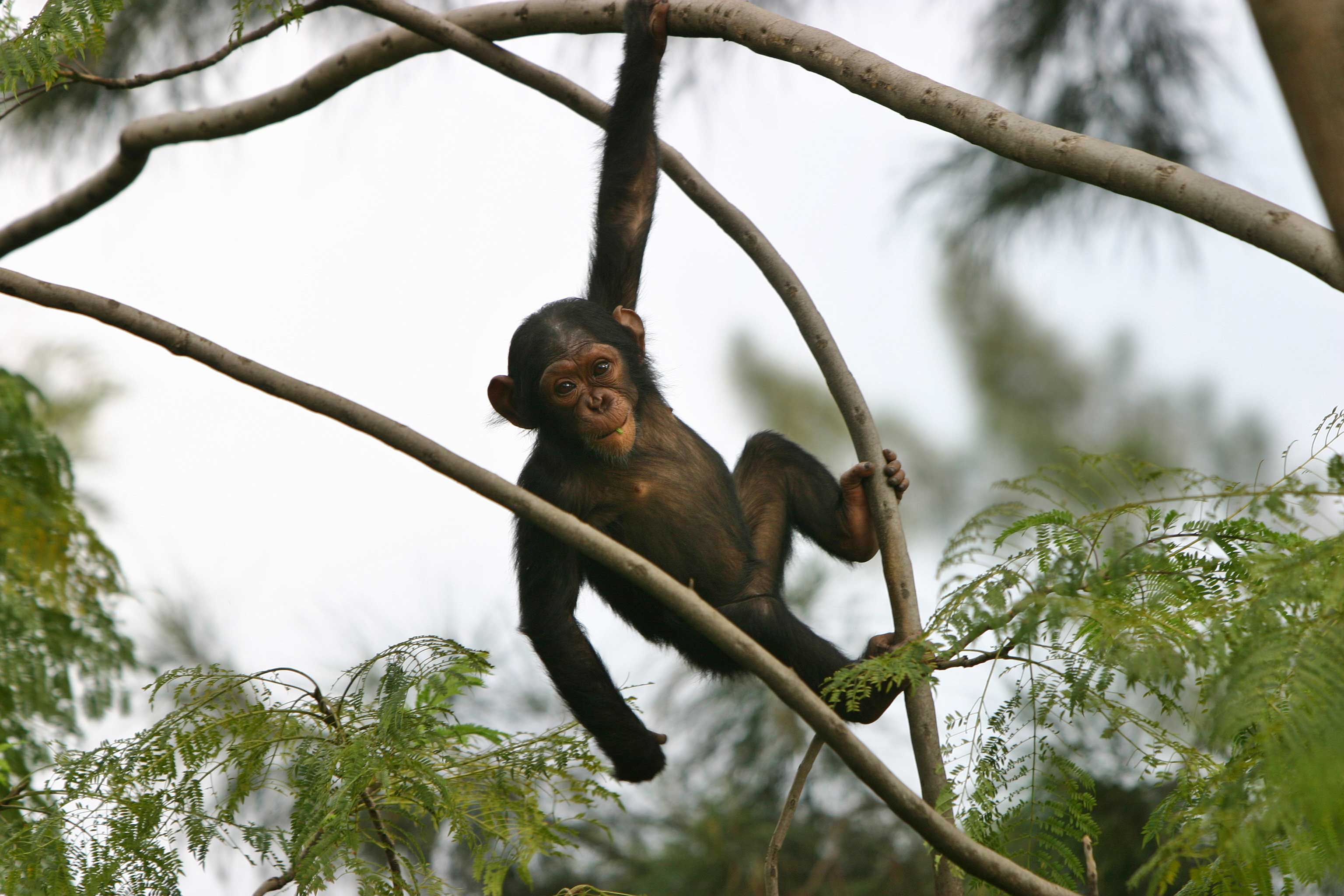How Greenpeace was born
The Greenpeace story begins in 1971. A small group of volunteers organised a concert to raise funds to sail a boat from Vancouver to Amchitka to protest against US militarism and the testing of nuclear weapons. Called the ‘’Don’t make a wave committee”, the group was stopped by the US Navy from landing on Amchitka. But by the time they had returned home to Canada, the entire world knew what they tried to do against the mightiest superpower in the world. And so Greenpeace was born. By the end of that year, the US had banned nuclear testing on Amchitka, and the island was declared a bird sanctuary. Today Greenpeace operates in over 55 countries, funded by donations from over 4 million individual supporters. We share the same core values of non violence, bearing witness, personal action, and independence – we do not accept funding from any governments or corporations.

Before Greenpeace Africa (1999 – 2005)
Greenpeace has been campaigning on African soil since 1999, years before Greenpeace Africa was even born. The first campaign was on destructive logging in Cameroon. During the first few years, Greenpeace International (GPI) staff frequently travelled to Cameroon to organise both field investigations and policy work and were successful in exposing a number of high profile cases of illegal logging.
Greenpeace started working in the Democratic Republic of Congo (DRC) from 2003, with the first field investigations into illegal logging done in 2004. In 2007, Greenpeace published the first big report on the DRC’s logging sector “Carving Up the Congo”.
Why Greenpeace in Africa? (2006 – 2007)
While Africa contributes very little to global warming, the region is one of the hardest hit by its effects. It also holds the key to solutions to climate change. Through the years of work on illegal logging in Central Africa, Greenpeace was clear on the directions that we needed much more grounded presence on the continent. Late 2006, GPI Board agreed to open an office in Africa. But the big question during the first year of preparation was: where on the continent? After much investigation, South Africa was selected to host the main office of Greenpeace Africa. Not only South Africa was seen as most conducive for its economic and political stability for running campaigns and fundraising initiatives, it was strategic as it is the largest CO2 emitter and is an influential political power on the continent at that time.
Birth and early years of Greenpeace Africa (2008 – 2010)
Greenpeace Africa was officially inaugurated on 13 November 2008, with the opening of the Johannesburg Office. The office opening was organised in memory of freedom fighters at the Pretoria Central Prison, where Nelson Mandela was kept before being sent to Robben Island.
On 24 November, another office in Kinshasa, Democratic Republic of Congo (DRC) was also officially opened, with the arrival of MY Arctic Sunrise.
The office in Senegal was established in August 2010, to further support our work on illegal and overfishing. Before the official opening of the office on 26 February 2011, Greenpeace had already sailed the West African oceans 4 times in 2001, 2006, 2008, and 2010.
These three locations speak directly to the Greenpeace Africa’s three major campaigns in which it has continued engage till this day: Forest, Oceans, and Climate and Energy.
People, Action, Solutions (2010 – 2018)
Although we do not have a formal office in Cameroon, we have maintained consistent campaign presence in the country where Greenpeace Africa’s campaigning history all began. But it was only in 2013 when we upscaled our campaign to stop the destruction of forests by the palm plantation by Herakles Farms, we employed permanent staff in Cameroon.
One of the peak period in Greenpeace Africa history and in Oceans campaign is the cancellation of 29 fishing licenses of the foreign fleets that were competing small pelagic with the local fishermen in Senegal in April 2012. Greenpeace Africa and the rest of the global community celebrated this memorable Victory.
In diversifying the geographical presence as well as campaign issues, a small operational office was opened in Nairobi Kenya to support the work of Food for Life Campaign in 2015.
Greenpeace Africa Today (2017, onwards )
Greenpeace Africa during the current strategic period (2017-19) plans to develop three Regional Hubs throughout the continent. Our ambition is to build “African acts of courage” that spread the activism to protect our environment, to innovate solutions and to challenge the existing power dynamics across the African continent.
Celebrating its 10 year anniversary in 2018
